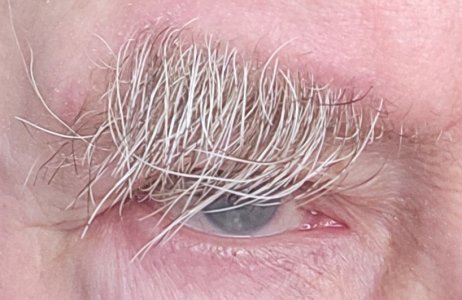I realize this is somewhat of a meaningless endeavor because this arbor might be much softer than the Susquatch arbor.
There is a winter storm blowing in here today so SWMBO prolly won't go anyplace, but if I can sneak out to the shop I'll see how easily they machine. I'm guessing it will be a piece of cake.
WRT existing heads do you mean that yours have brazed carbide lathe tools for "inserts"? They look pieced together but clever compared to today's insert tools.
OK, I understand now. Hopefully that's clear for @slow-poke too.
Yup, I think my old heads were designed for HSS but one of them now has brazed carbide instead. Who knows though. They are older than dirt. But apparently I'm not very good at guessing age....

